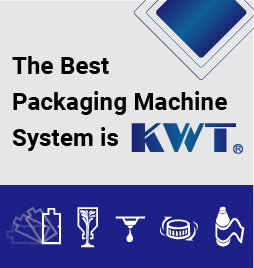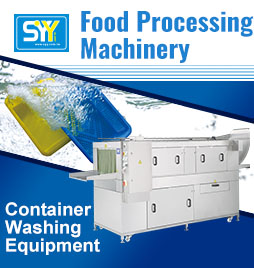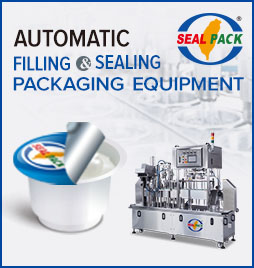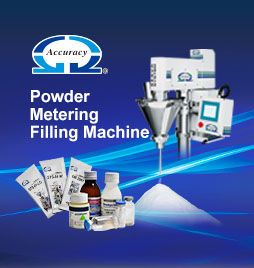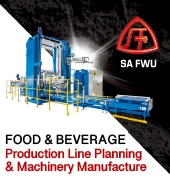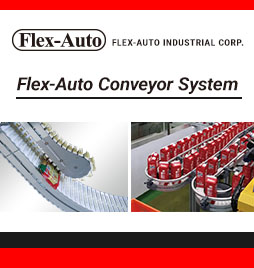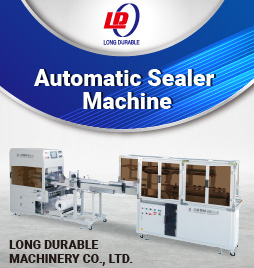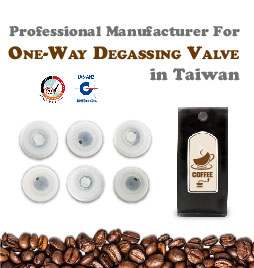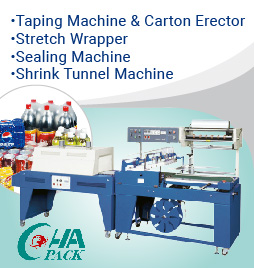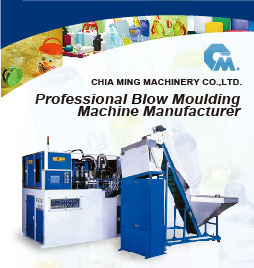ALTERNATIVE USES of packaging after fulfilling their function
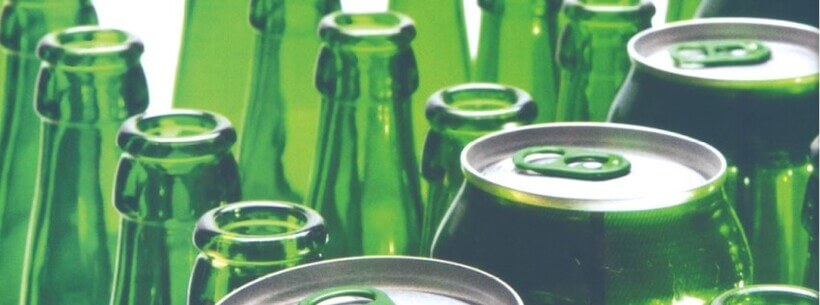
Nowadays, packaging has become an industry in constant growth, with changes, challenges, and above all with those many detractors for the amount of garbage that we generate when consuming our favorite products. What is the consumer's role in reversing pollution? - Gonzalo Hernández
Full-time Academician of Industrial Design at the Universidad Iberoamericana Puebla. / [email protected] [email protected]
Remember when our grandmothers told us "... please, do not throw away the coffee glass bottle, because I have to wash it to store the herbs for cooking ..." or when our parents told us "... please, use the plastic container for detergent to have that drink... "?
Well, packaging has had a leading presence in our lives many for more times than we remember, and this for many years in our family life. However, the thousands of tons of garbage that are daily accumulating in the cities are consisting of empty containers.
The question we should ask is, who has to do something to reverse this current condition of contamination a little?
The answer is easy: everyone, yes ..., each one of us has to do something. I explain myself better; as consumers we care a lot about the product that we are going to consume, which is fresh, not opened, within the expiration period and that, if suddenly I do not consume all the content, I can keep it for later. However, after satisfying the need to consume the product, the next immediate action is to find a place to throw away the container or wrapping.
But how can we improve this behavior if many consumer products do not invite to be reused in packaging? I cannot imagine an office employee arriving with a washed PET container of cola or of mineral water inside or a metallic package of cookies sealed with adhesive tape to keep them.
That's where we should call for awareness and creativity. While it is true that many packaging products are not designed to be reused, but only to bring the product in perfect condition at the time of consumption, we must learn to be more selective with the products we buy. That is, today's competition is so voracious on the market, it actually should demand more from consumers: knowing which brand offers more to the consumer for what they pay, a better product quality and, of course, the facilities of disposal, reuse, recycling or of degradation of the packaging. Currently, it is used as a commercial and marketing factor, namely the indication of early degradation of packaging (think of French fries) or the way in which fast-food chains deliver hamburgers in disposable cardboard that are easily recyclable. However, we also need to look for better presentations of products, because buying bottles of water of half a liter constantly does not help the environment anything.
That is the conscious part, but the creative part must be in the way how we can teach our children to reuse the packaging und containers. For example, the cardboard boxes with which the youngest children always play can be reused to keep and maintain order in the closet, or the glass containers can appropriately be used for plants or ornamental elements in the house. Of course, the traditional mayonnaise packaging does not appeal to everyone, but now there are many brands of products with packaging that can be reused.
The other important factor in this process is the industry, since it is responsible of designing and launching consumer products on the market––from a toilet paper to the most complex packaging system for a state-of-the-art computer.
The brands should put their finger on the design of new presentations, which invite consumers to buy their products for the benefit of a second use of primary or secondary packaging, and thus to have the opportunity for the brand to remain for longer in the consumer's environment. Just imagine a cereal packaging with a less conventional shape than a prismatic shape (all brands use it for the benefit of accommodation on the transport floor), which generates the desire in a child to keep it to store, for example, his or her pieces of plastic blocks, with an illustration inviting them to imitate them with these pieces and store them in there instead of in a plastic container bought in the supermarket. In addition, the aim is also to have the brand of cereal and the main character of using the product, and with this to subtly stay in the consumer's mind.
In short, these are ideas of how we could encourage the reuse of the packaging and use the packaging again after our traditional consumption. Undoubtedly, this is a subject of much reflection and a process of conversion of consumption habits, and not only for the sake of selling in order to sell, which today seems the most important premise without reviewing the variables that involve an act of such importance and responsibility as launching a product on the market, which satisfies the consumer, and whereby the packaging begins its journey to the landfill in less than 30 minutes.

